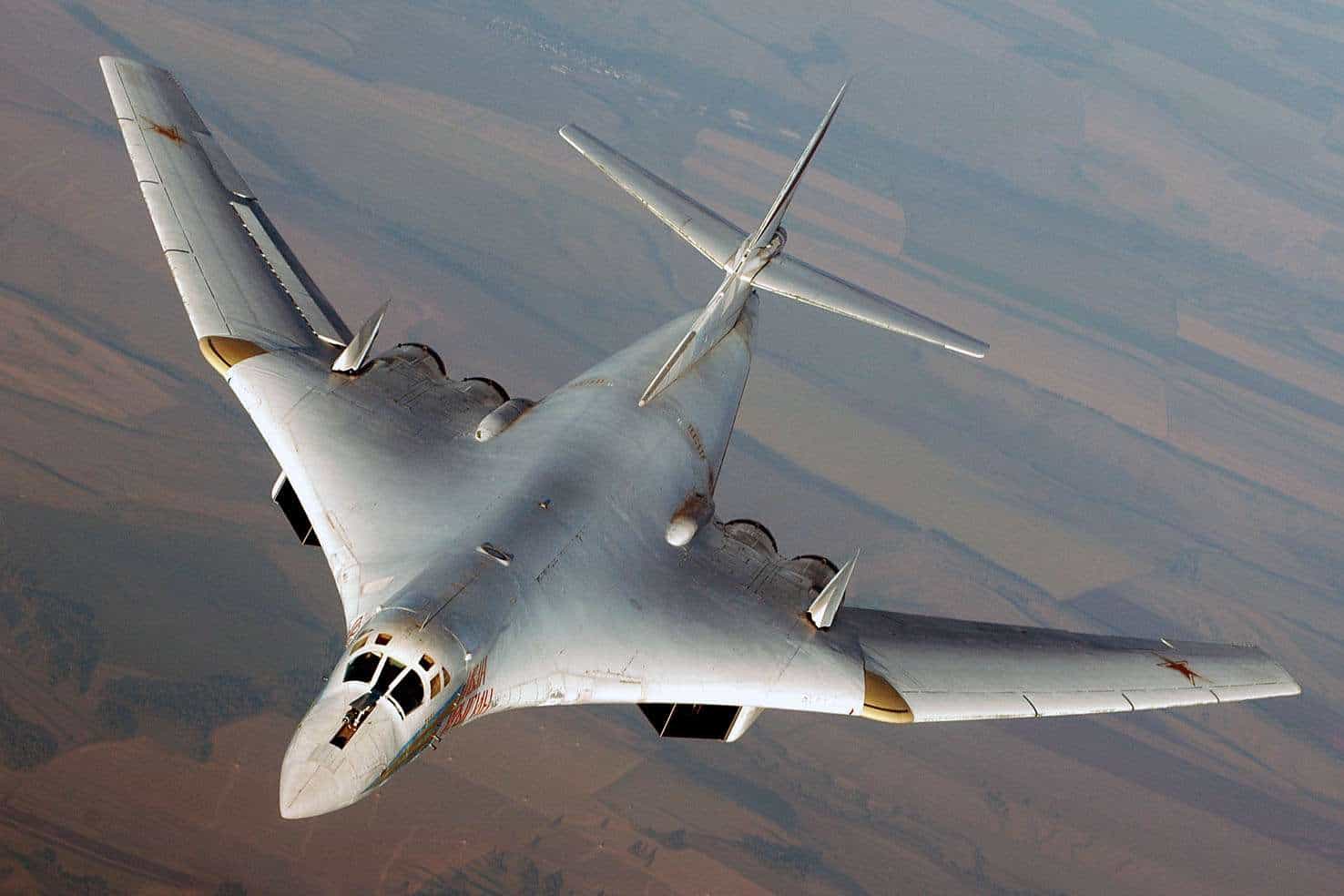Last Sunday, Russia launched a missile attack on the Ukrainian capital city of Kyiv. According to reports from the Ukrainian Defense Ministry, Kh-101 missiles were air-launched via Russian Air Force Tu-95 and Tu-160 strategic bombers. The aerial attack actually came from the Caspian Sea region, some 5,500 km (3,400 miles) away.
Kyiv Mayor Vitali Klitschko said the missiles struck a nine-story apartment block in the Shevchenkivsky district, partially destroying the upper levels. One civilian was killed, while five others, including a seven-year-old girl, were injured in the attack.
“The strategic bombers, Tu-195 and Tu-160, which have been used to fire missiles at Kyiv Region today, are those stationed in the Caspian Sea, Astrakhan,” Yurii Ihnat, spokesperson of the Air Force Command of the Armed Forces of Ukraine, said in a statement on Sunday.
“They take off from there. They are equipped with basic missiles and launch them from there. The Kh-101 missile has a range of 5.5 thousand kilometers,” Ihnat continued. “Thus, bombers do not necessarily need to enter our airspace. It is enough for them to take off, take a firing track and launch missiles. Four to six missiles have been fired today. In fact, our anti-aircraft defense units reacted, and some missiles were shot down. One missile was confirmed to have been destroyed. The fragments of the other are being searched.”
The Kremlin hasn’t deployed its bombers in large numbers over Ukraine, likely out of fear that the aircraft could be shot down. Instead, it appears that Russia will continue to employ the bombers far from Ukrainian air defense systems.
Meet the Tu-95
The Tupolev Tu-95 (NATO reporting name “Bear”) is now among the oldest aircraft designs still in service with the Russian military.
The large Cold War-era strategic bomber was first flown in 1952, and it remains the only propeller-powered bomber in service anywhere in the world today. However, despite the age of the platform, it is a highly-capable combat aircraft – and much like the United States Air Force’s B-52 Stratofortress, it has been steadily upgraded and will likely remain in service well into the 2040s or later. The Tu-95 proved to be a symbol of pride for the Soviet Union and regularly made a presence at European Air Shows.
Though it may be a turboprop aircraft, the Tu-95 still features some notable advancements for the 1950s, including its swept-wing design. This helps ensure that the main wing span passed through the fuselage in front of its bomb bay.
It also enables the aircraft to cruise and fly at greater speeds than straight-wing bombers as the 35-degree angle of the swept-back wings provided improved aerodynamics.
Meet the Tu-160
The Tu-160 “White Swan” (NATO reporting name “Blackjack”), is another legacy airframe from the Cold War, yet it also is notable for being the fastest, as well as the largest and heaviest bomber ever built. It is outwardly similar to the American Rockwell B-1 Lancer, which actually spurred the development of the Soviet-designed aircraft in the 1970s. It is also the only Soviet-designed bomber not to carry any defensive weapons, and as a result, it is routinely escorted in patrol missions by fighter aircraft such as the MiG-31.
Clearly, the Kremlin isn’t going to risk its White Swans over Ukraine, which likely explains why it launched the missile strike thousands of miles from Kyiv.
What is also noteworthy is that after the dissolution of the Soviet Union, the Ukrainian Air Force possessed nearly a dozen Tu-160 White Swans, as well as some twenty-five Tu-95 bombers. All of those warbirds had their wings clipped and the aircraft were destroyed as part of START I (Strategic Arms Reduction Treaty), while another eleven bombers along with 582 strategic cruise missiles were transferred to Russia under a 1999 agreement as payment for natural gas debts.
One can only speculate if any of those bombers or missiles are now being used against Kyiv.
Now a Senior Editor for 1945, Peter Suciu is a Michigan-based writer who has contributed to more than four dozen magazines, newspapers and websites. He regularly writes about military hardware, firearms history, cybersecurity and international affairs. Peter is also a Contributing Writer for Forbes.

